The United States has emerged as the largest buyer of Vietnamese agricultural, forestry and fishery products.
According to the Ministry of Agriculture and Rural Development, the total export turnover of agricultural, forestry and fishery products in the first two months of 2024 is estimated at 9.84 billion USD, an increase of more than 50% over the same period last year. Of which, the United States is the largest buyer of Vietnamese agricultural, forestry and fishery products with a turnover of 2.1 billion USD.
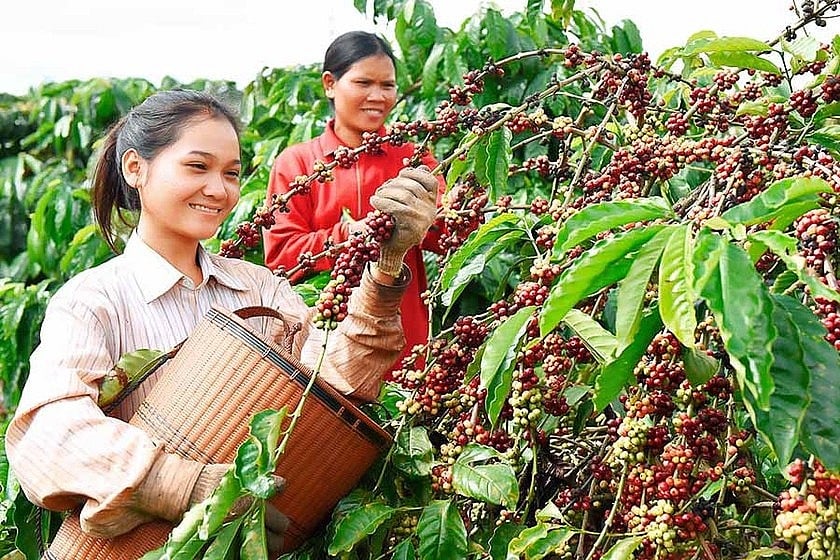 |
| Exporting agricultural products to the United States: Notes for Vietnamese businesses |
According to Mr. Phung Duc Tien - Deputy Minister of Agriculture and Rural Development, agricultural, forestry and fishery exports to the United States in 2023 reached 11.1 billion USD, accounting for 21% of Vietnam's total agricultural, forestry and fishery export turnover. In 2022, the United States was the largest market for agricultural, forestry and fishery exports from Vietnam, with a turnover of 13.3 billion USD, accounting for 25% of the industry's export market share. However, in 2023, the United States dropped to second place, after China.
With the results achieved in the first two months of 2024, Mr. Phung Duc Tien commented that from the market structure, we can see that the quality of our agricultural products meets the needs of high-end markets. For example, in the United States and Europe, we have had a very good start, which shows that the recovery of the markets as well as the restructuring of the agricultural sector has been more closely linked to the market.
Ms. Susan Burns - US Consul General in Ho Chi Minh City - said that Vietnam is currently the 9th largest export market for US agricultural products, and the US is the 2nd largest export market for Vietnam's agricultural products. Bilateral agricultural trade turnover has reached more than 5.5 billion USD in 2023. The growth and depth of the trade relationship between the two countries is created by the connection and trade between Vietnamese and US food and beverage enterprises.
According to Mr. Andrew Anderson - Senior Agricultural Attaché, US Consulate General in Ho Chi Minh City, US consumers really like Vietnamese cuisine. Vietnamese pho shops and restaurants are everywhere in the US. "I see a new wave for Vietnamese products. Recently, we have supported Vietnam to export grapefruit to the US market. Now US consumers can enjoy Vietnamese grapefruit," said Mr. Andrew Anderson.
Dr. Le Dang Doanh, Senior Economist, said that the opportunity for Vietnamese agricultural products to be exported to the US market is huge. Many typical agricultural products of Vietnam such as coffee, pepper... but the US does not have the strength to produce. Especially, with 2 million Vietnamese Americans, these will be very good partners for Vietnamese agricultural products.
Notes for Vietnamese businesses
However, according to Deputy Minister Phung Duc Tien, although Vietnamese agricultural and food products are increasingly penetrating the international market, export capacity is improving day by day. In particular, the United States is a strong market with great consumption power, the target of many export enterprises. However, penetrating this market is a challenge for Vietnamese enterprises.
Ms. Phan Thi My Yen - President of the Center for Research and Development of Vietnamese Brands, General Secretary of the Vietnam Association of Science and Technology Enterprises - shared that through a survey of supermarkets in the United States, it shows that the demand for Vietnamese agricultural products here is very large, but most of them are consumed under foreign brands. The reason is that Vietnam mainly exports raw agricultural products, packaged in large bags and without labels. US businesses import them and then process them deeply, or put their own labels on them. This is a concern for agricultural businesses and branders in Vietnam.
The Import-Export Department (Ministry of Industry and Trade) cited statistics from the US Department of Agriculture (USDA) saying that the demand for importing mangoes of all kinds from the US is increasing in the period 2019 - 2023, with an average growth rate of 8.1% in value.
In 2023, the US imported 746.4 thousand tons of mangoes of all kinds, worth 1.11 billion USD. Vietnam is the 13th largest mango supplier to the US, the amount of mangoes imported from Vietnam accounts for a very low proportion. Specifically, Vietnamese mangoes account for only 0.1% of fresh mangoes; 0.4% of processed mangoes and 1% of frozen mangoes; 0.7% of dried mangoes imported into the US.
From a business perspective, Mr. Nguyen Dinh Tung - General Director of Vina T&T Group - said that Vietnamese agricultural products when exported to the United States often encounter problems with inconsistent quality. The first few batches may be of very good quality, but then the following batches are "bad", and some batches have to be discarded. There are many reasons, but attention should be paid to preservation. For example, vegetables and fruits, when transported across the Pacific, sometimes have poor quality because the container is not cold enough. The export method of most Vietnamese enterprises is to export on credit and collect payment later. Therefore, when encountering a batch of poor quality, the customer will refuse to pay, and Vietnam can easily lose everything.
As a company that has been importing Vietnamese agricultural products and distributing them in the US market for many years, Ms. Jolie Nguyen - CEO and founder of LNS International Company, noted the issue of procedures and documents certifying food and agricultural product standards. Accordingly, these regulations are very strict and somewhat complicated, Vietnamese exporting enterprises need to learn and grasp them firmly. If necessary, they should use professional consulting services, and only do it themselves when they are really familiar with it.
In this process, the exporting enterprise must first have a firm grasp of its product. Depending on the type, it will determine which procedures of the US agencies need to be met. For example, with seafood, fresh, frozen and processed products all have their own procedures.
Accordingly, for processed products, the procedure is to register and prepare documents according to the regulations of the US Food and Drug Administration (FDA) and packaging requirements. As for fresh and frozen seafood, businesses need to have an additional license from the US Fish and Wildlife Service (USFWS). This agency will confirm that the product meets the criteria for legal fishing, chemical control during the farming process, etc.
Mr. Duong Vo - CEO of Mekong Foods - noted that in addition to meeting customs procedures and bringing goods to the US border, Vietnamese businesses also need to pay attention to sales. Export companies should not leave that to the importer. Because the US is a highly competitive market, it is not easy for Vietnamese brands to dominate and replace product brands that US consumers are already familiar with.
Therefore, the exporting enterprise can start by having someone introduce the product and invite consumers to try it, or give the product away with related products that have already sold well.
Deputy Minister Phung Duc Tien affirmed that despite the advantage of abundant raw materials, to build brands and add value to agricultural products, it requires investment in research and application of science and technology in processing, increasing productivity and quality.
According to Ms. Vu Kim Hanh - President of the Association of High-Quality Vietnamese Goods Enterprises, in addition to the advantages, the market is currently tending to tighten spending and global purchasing power is declining. Therefore, in order for Vietnamese agricultural products to conquer the world market in general, the United States in particular, businesses need to focus on markets with competitive advantages, closely monitoring fluctuations in consumer tastes, needs and behaviors.
Source



![[Photo] Prime Minister Pham Minh Chinh chairs meeting to discuss tax solutions for Vietnam's import and export goods](https://vstatic.vietnam.vn/vietnam/resource/IMAGE/2025/4/10/19b9ed81ca2940b79fb8a0b9ccef539a)

![[Photo] Phuc Tho mulberry season – Sweet fruit from green agriculture](https://vstatic.vietnam.vn/vietnam/resource/IMAGE/2025/4/10/1710a51d63c84a5a92de1b9b4caaf3e5)
![[Photo] Unique folk games at Chuong Village Festival](https://vstatic.vietnam.vn/vietnam/resource/IMAGE/2025/4/10/cff805a06fdd443b9474c017f98075a4)

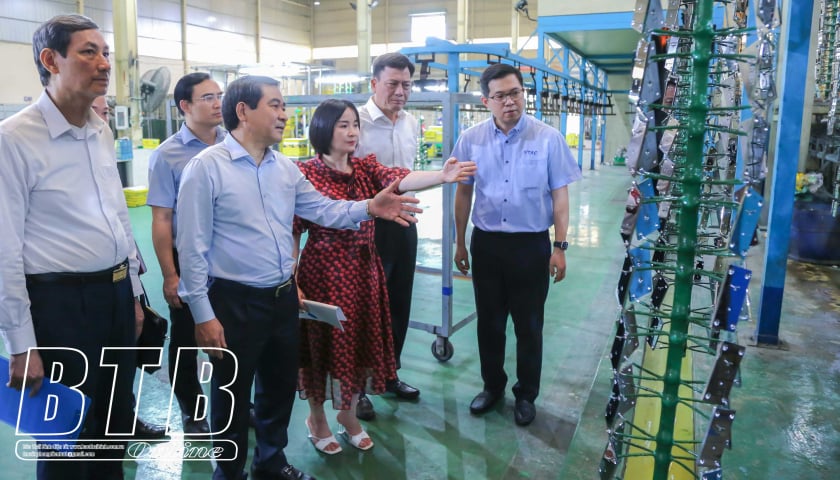

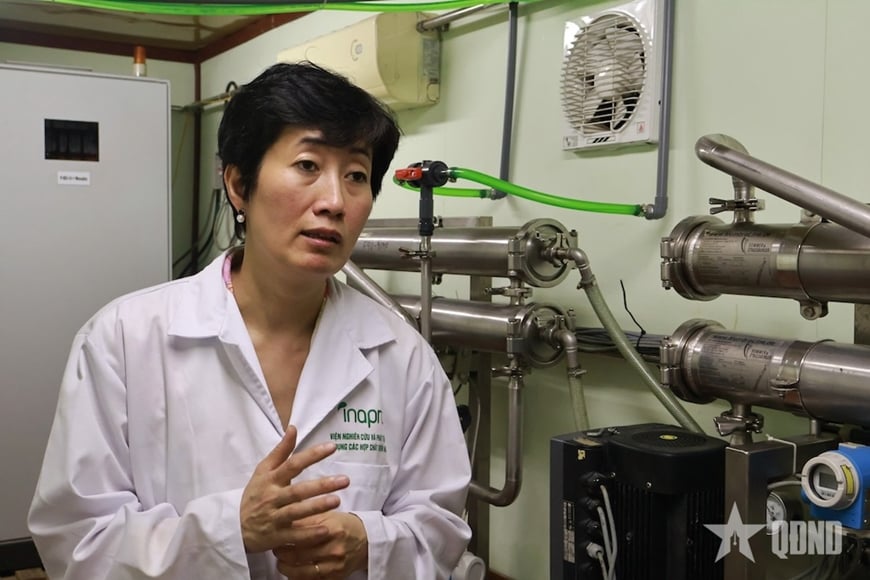





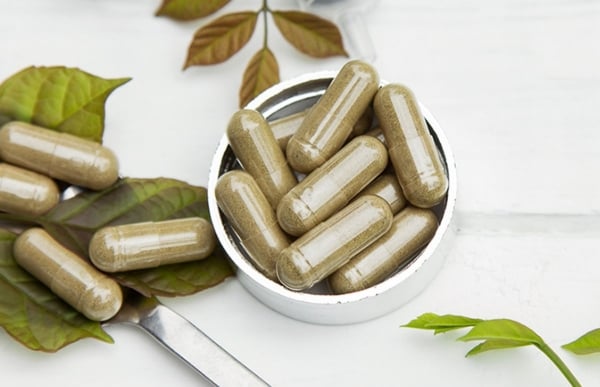
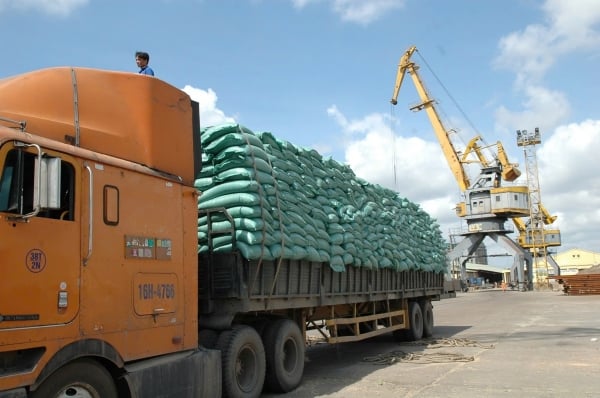
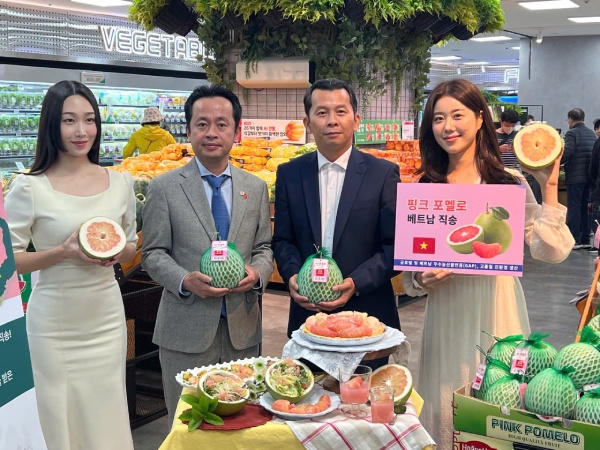
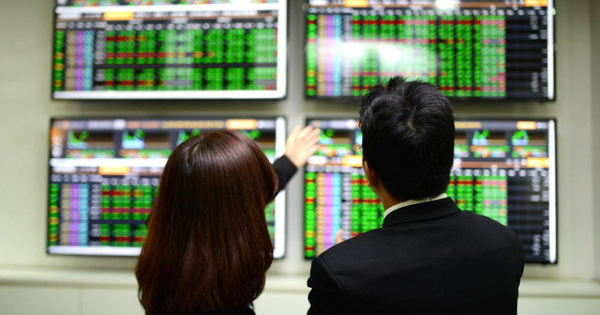
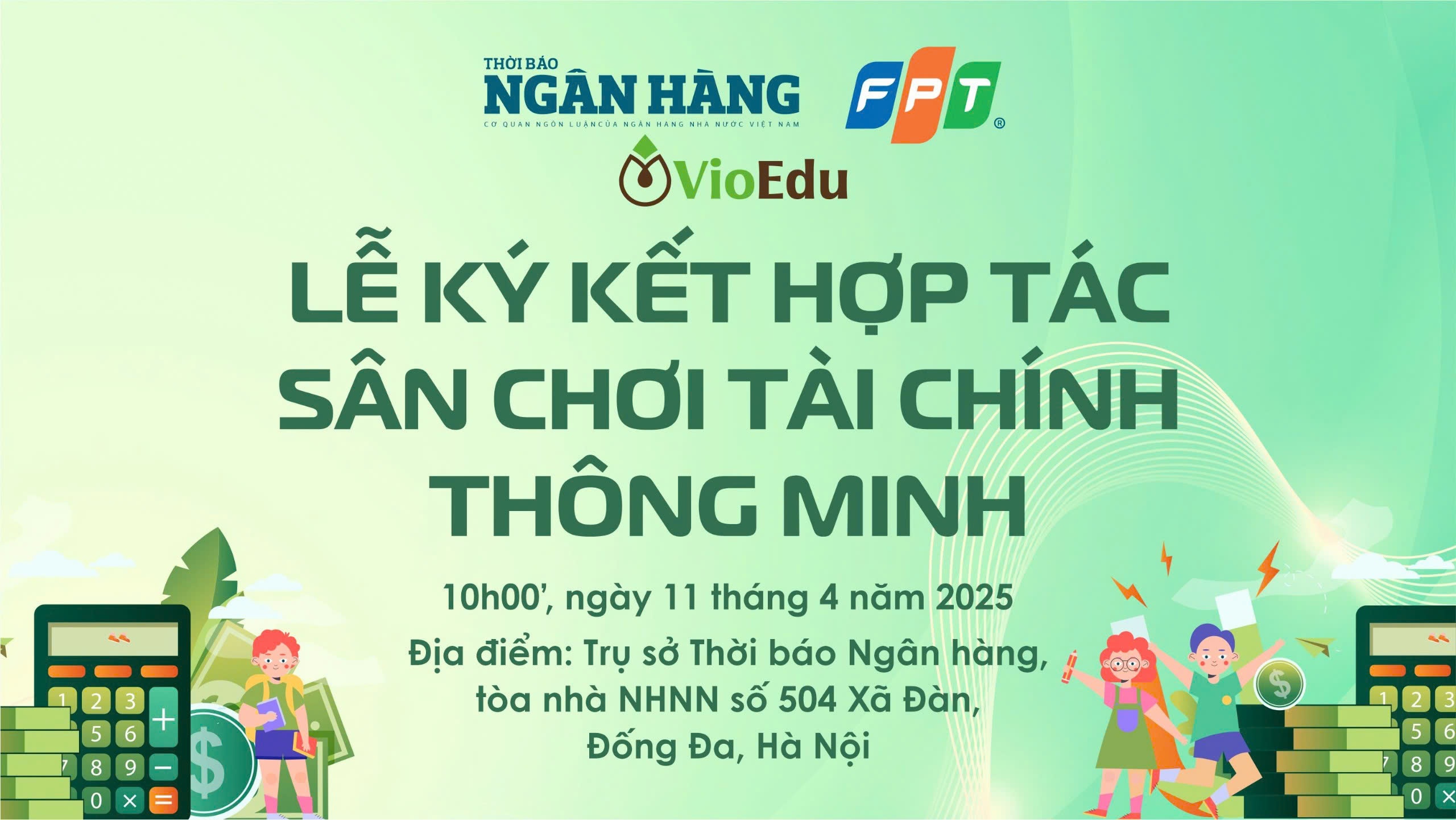
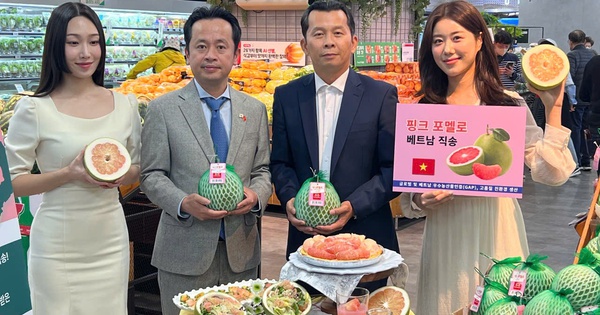






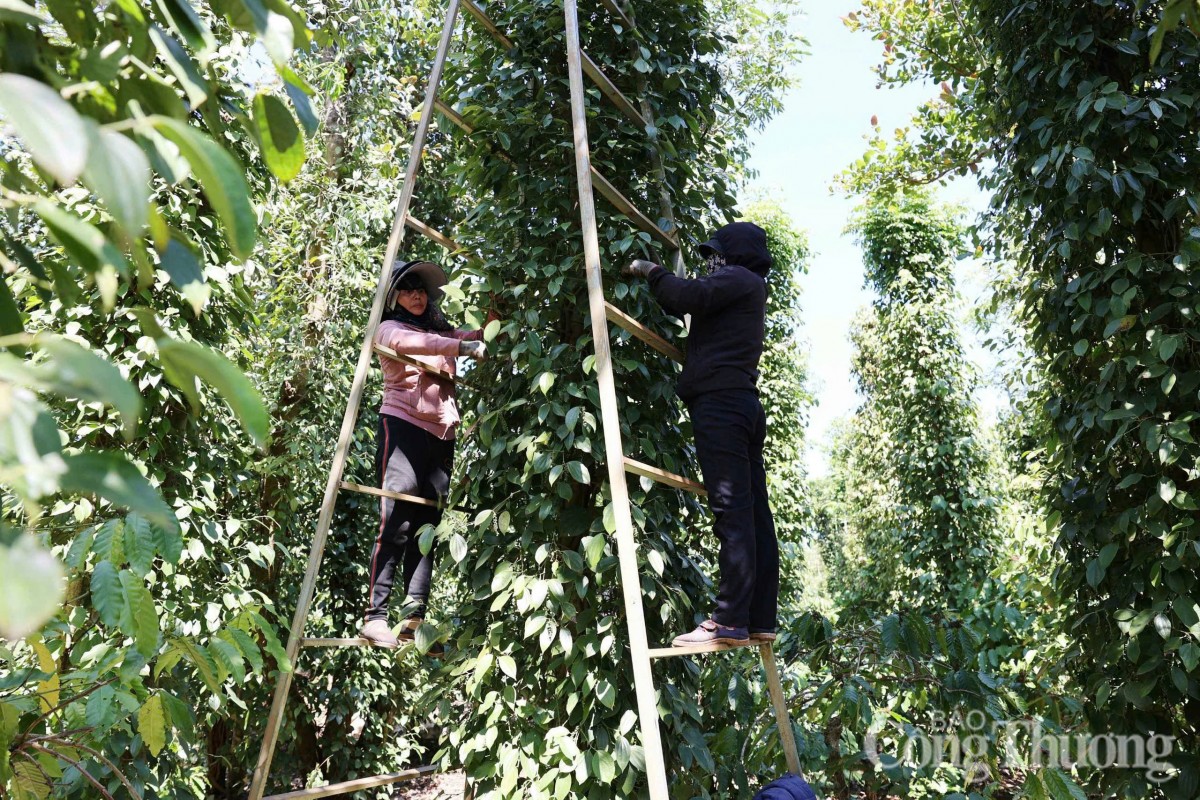
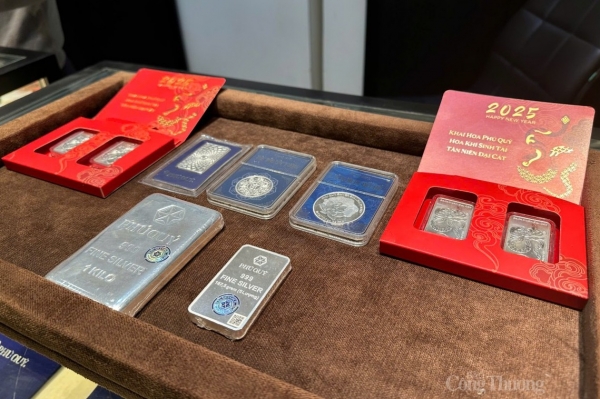
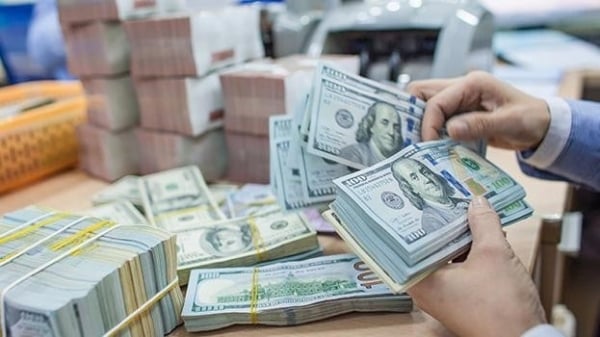
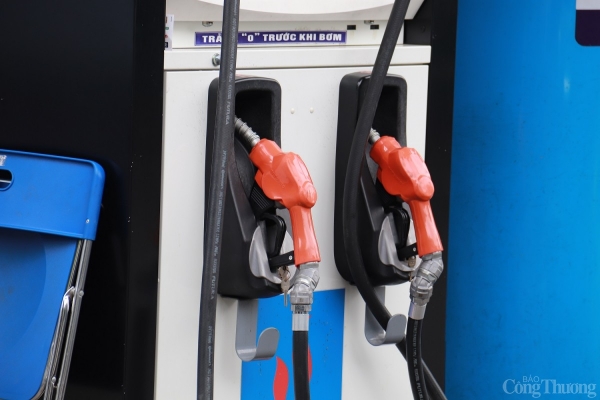
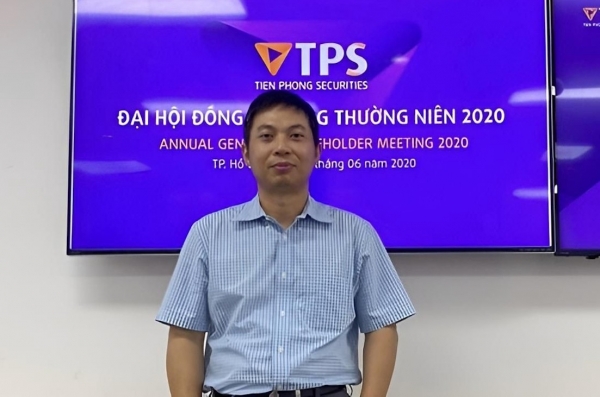
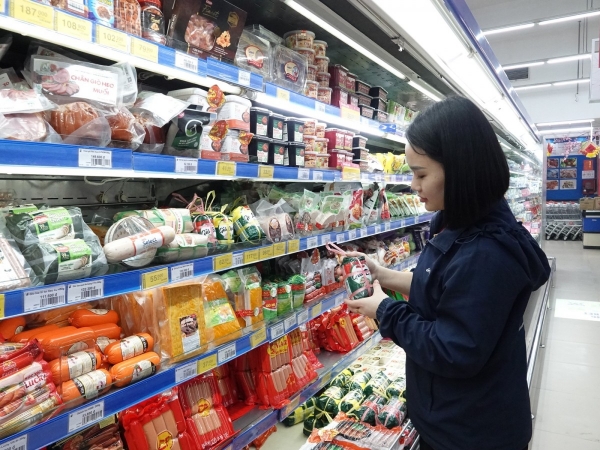

















































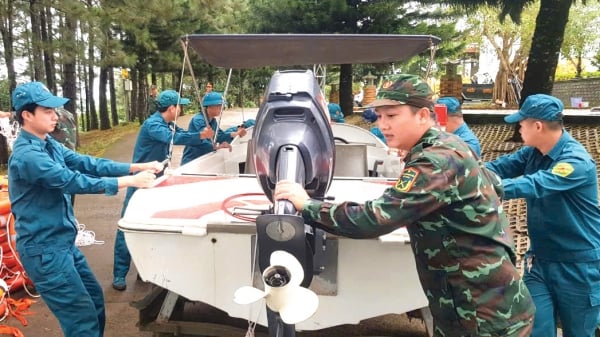
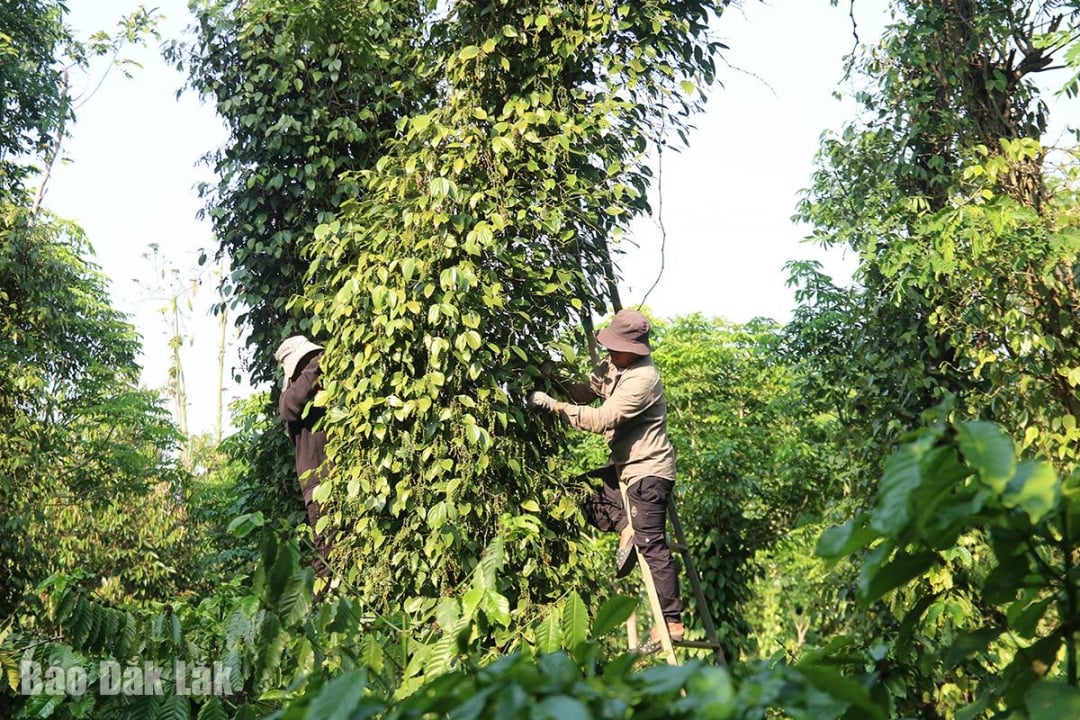


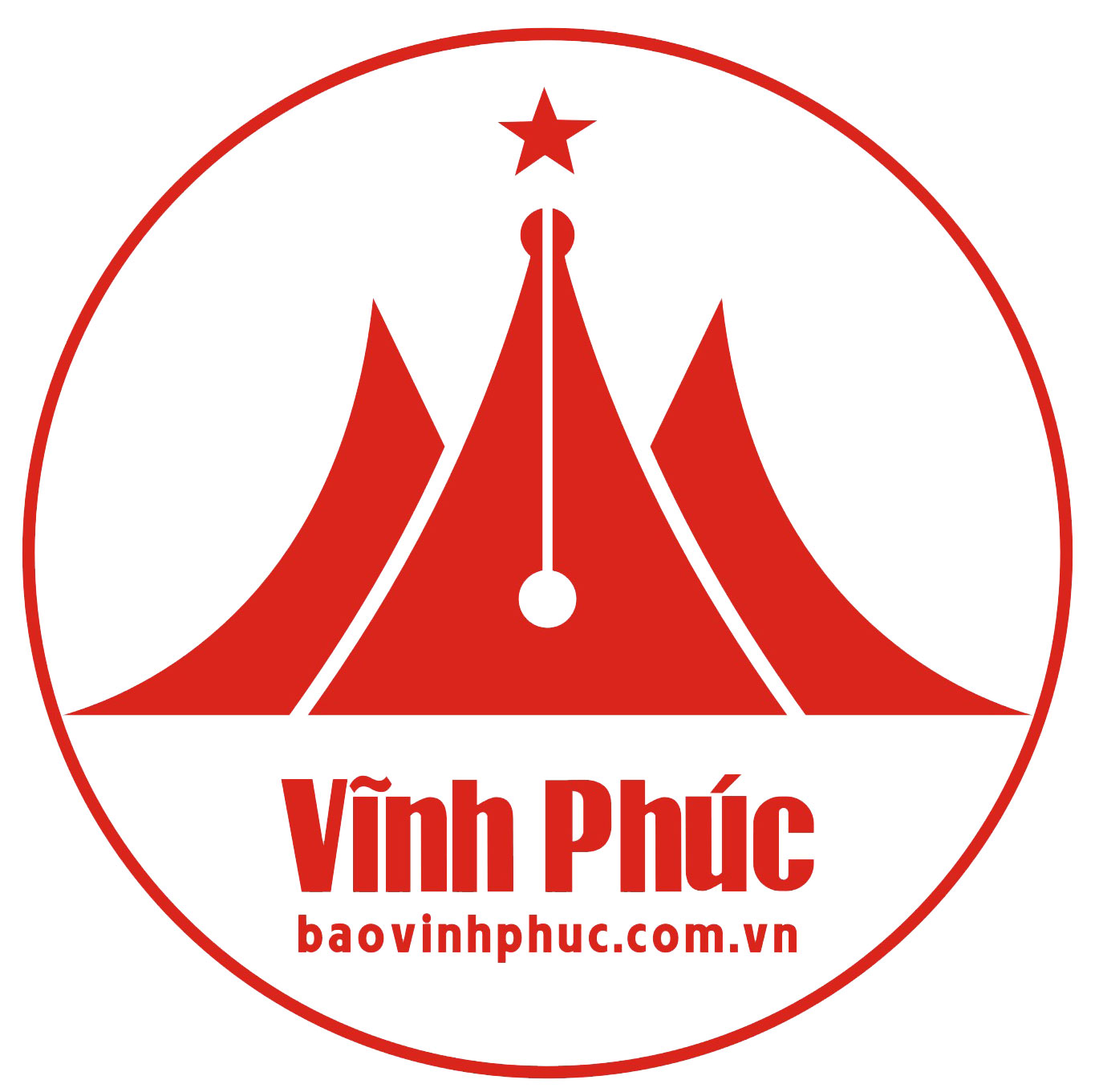


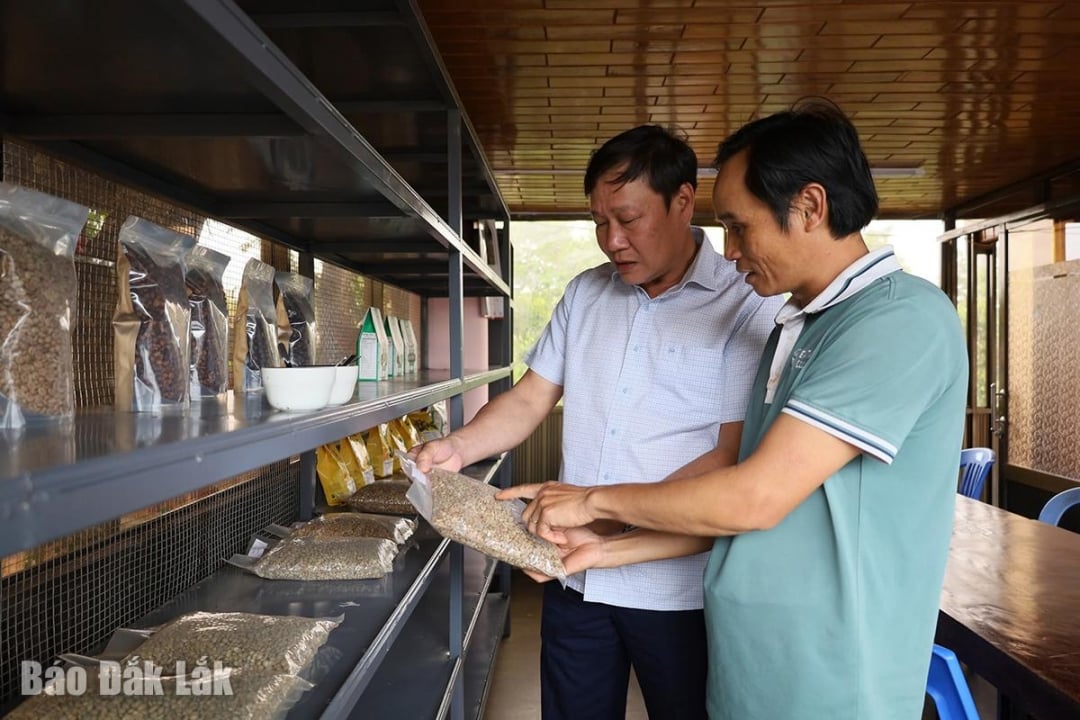






Comment (0)